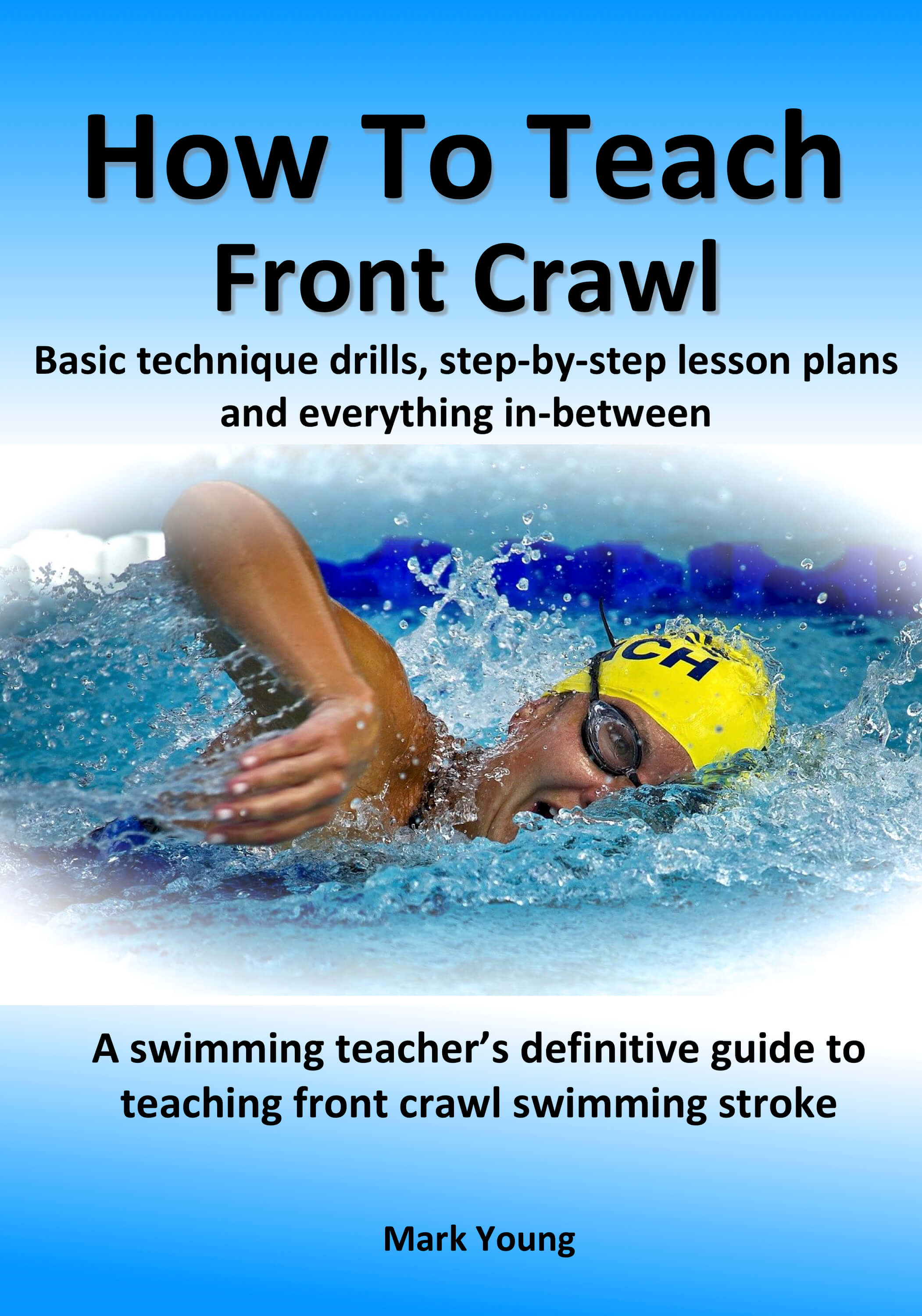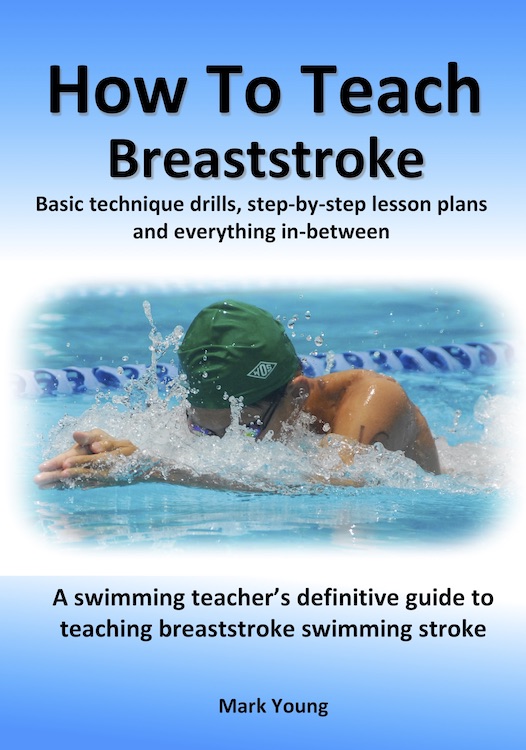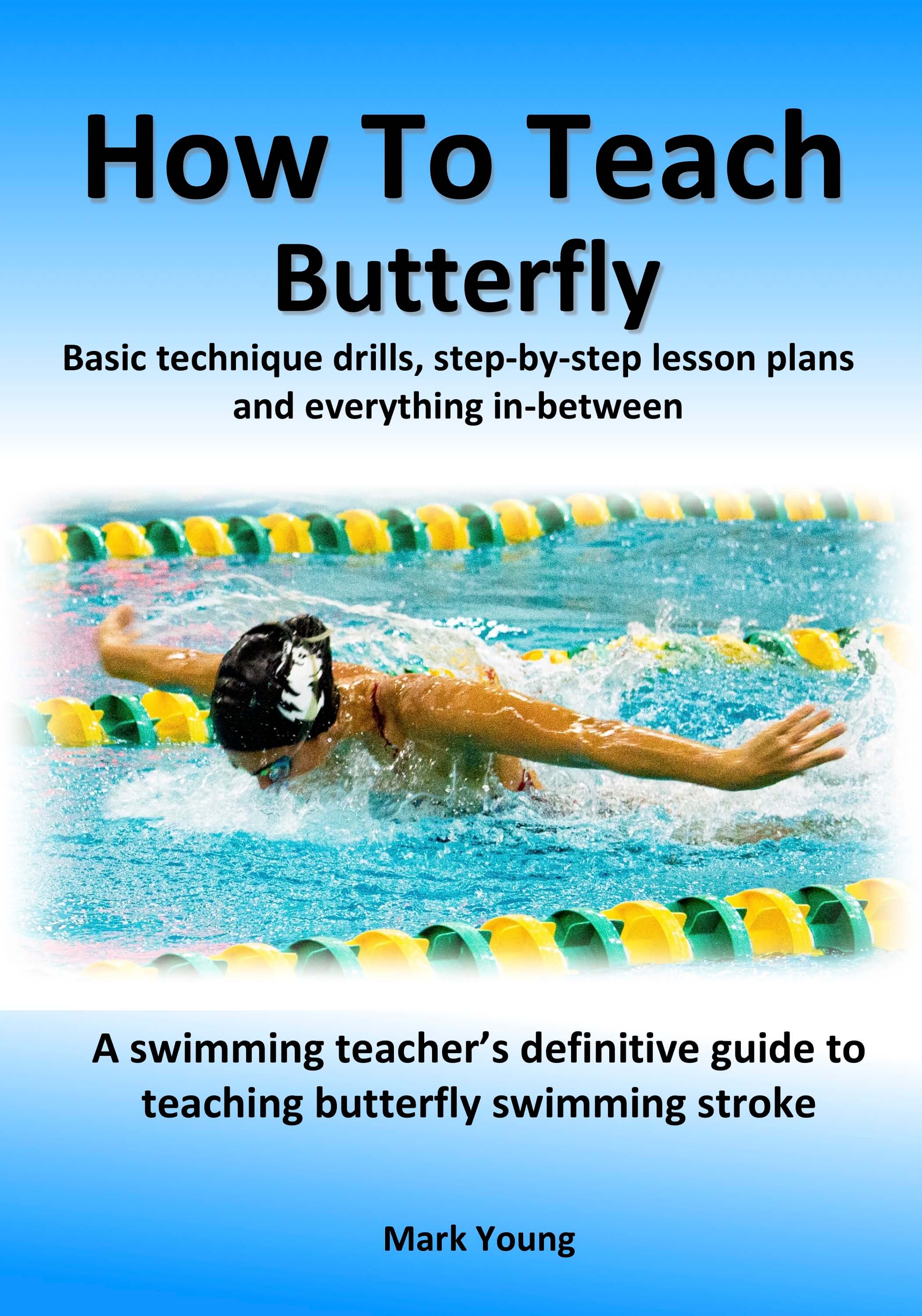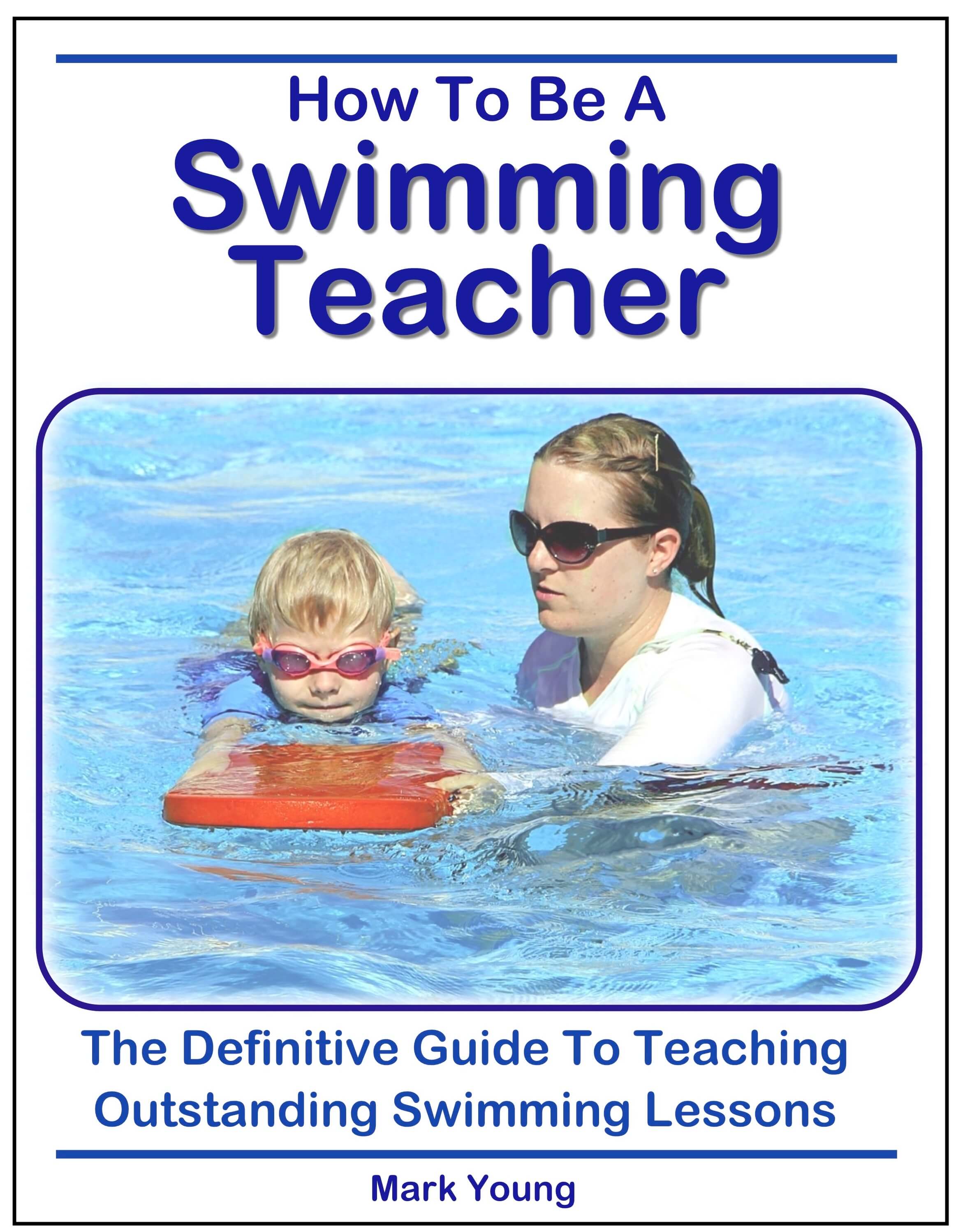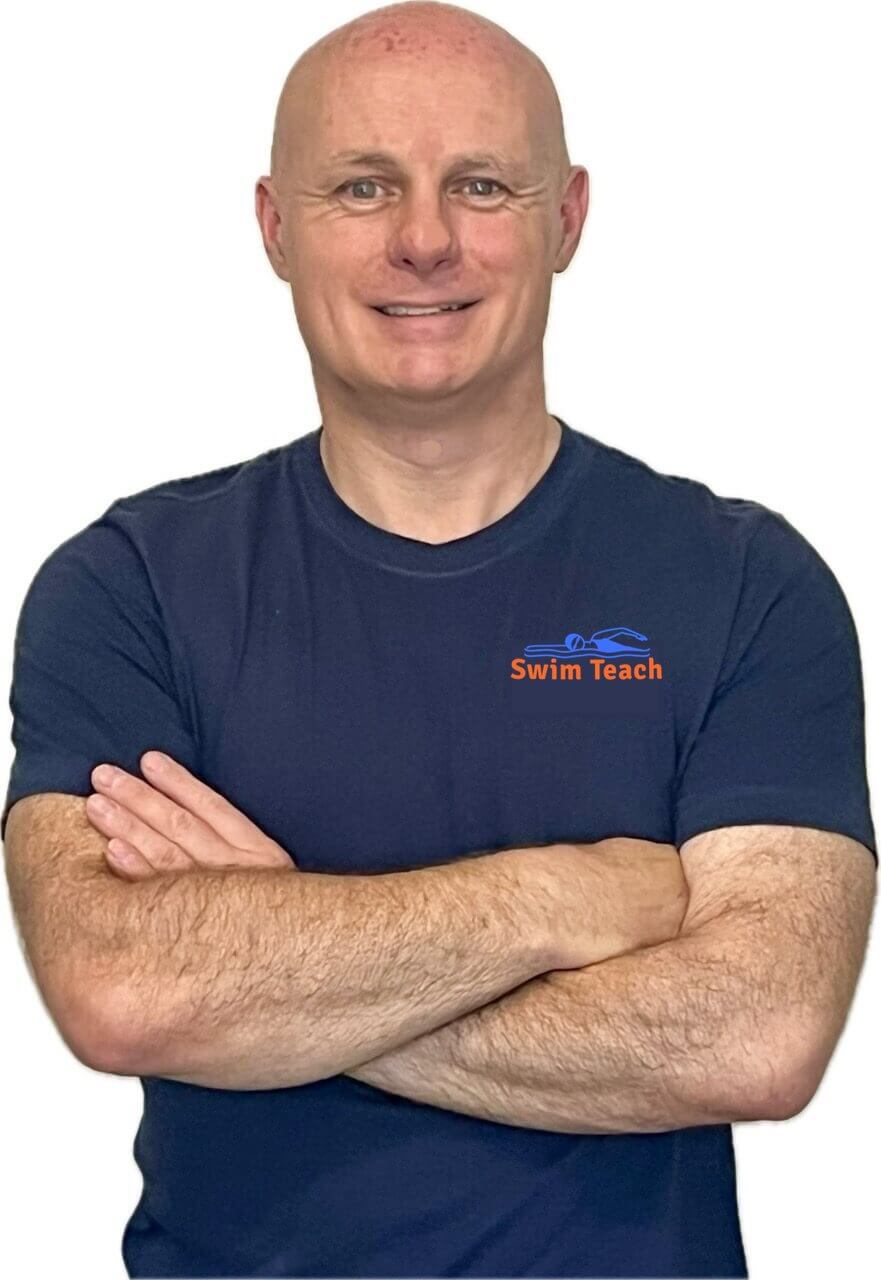- Swim Teach Home
- teaching tips
- Swimming Teaching Techniques
Essential Swimming Teaching Techniques That Get Results
I am a member of the Amazon Associates Program and I will earn a commission from qualifying purchases at no extra cost to you.
Swimming teachers can adapt all swimming teaching techniques, but you must include some essential methods if a swimming teacher is to get results.
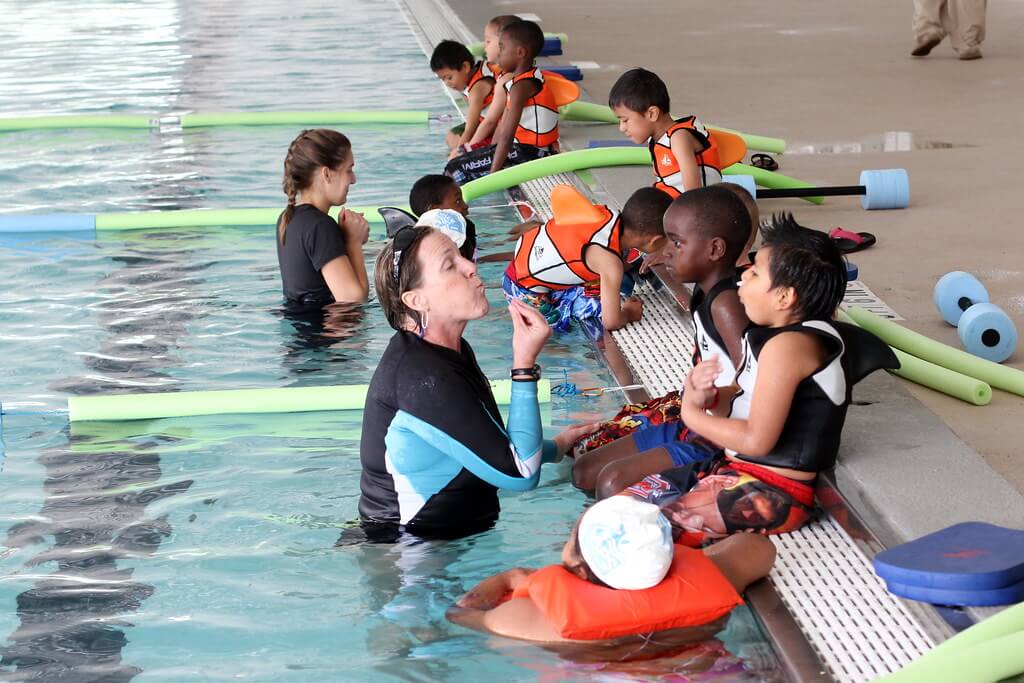 "Swim lessons at Danny Jones" by North Charleston is licensed.
"Swim lessons at Danny Jones" by North Charleston is licensed.All swimming teachers develop their teaching style, based mainly on their character and personality. There are, however, some essential qualities that every teacher must possess. They are:
- Knowledge
- Empathy
- Patience
- Behaviour management
- Clear communication
For more details on what makes a good swimming teacher, click here.
Which Swimming Teaching Technique Do You Need?
Build Your Swimming Teacher Toolkit
Save time and teach with confidence using ready-made bundles of lesson plans, drills and teaching guides - designed for every teaching level.
Shallow Water Method
Teachers use the shallow water method in pools or a pool area where pupils can easily stand within a safe depth and is an ideal and safe starting point for teaching beginners. Some very shallow pools can allow children to support themselves horizontally in the water by placing their hands on the pool floor. Pupils can then add a leg action and then gradually an arm action. Pupils can wear buoyancy aids if there is a danger of straying into deep water.
Advantages:
- Fast gains in confidence
- Breathing is easy
- Horizontal position is achieved
- May not require any buoyancy aids
Disadvantages:
- Pupils can become dependent on this method
- Shallow water pools are not always available
- Not able to teach pupils to regain standing position in very shallow pools.
- Can cause over-confidence
Deep Water Method
The deep water swimming teaching technique is a method by which pupils are encouraged to swim out of their depth. Encouraging pupils to swim out of their depth requires the teacher to have total confidence in the abilities of their pupils. The pupils may have some ability but lack confidence or become over-reliant on the shallow water method. Whatever the case, pupils may require some buoyancy aids, and you may need an assistant to be in the water with the pupils.
Advantages:
- Helps enhance strength and confidence in deep water helps develop swimming stamina
- May help encourage a regular breathing technique
Disadvantages:
- Pupils can become over-confident
- Teaching larger groups can create more significant safety risks
- Pupils' fear may hinder progress
Poolside Positioning
The teacher's placement on the poolside in front of the class is crucial for effective communication. Every pupil in the group must be able to see and hear the teacher at all times, and the teacher must have easy sight of all pupils in the water. Below are the two most common poolside positions.
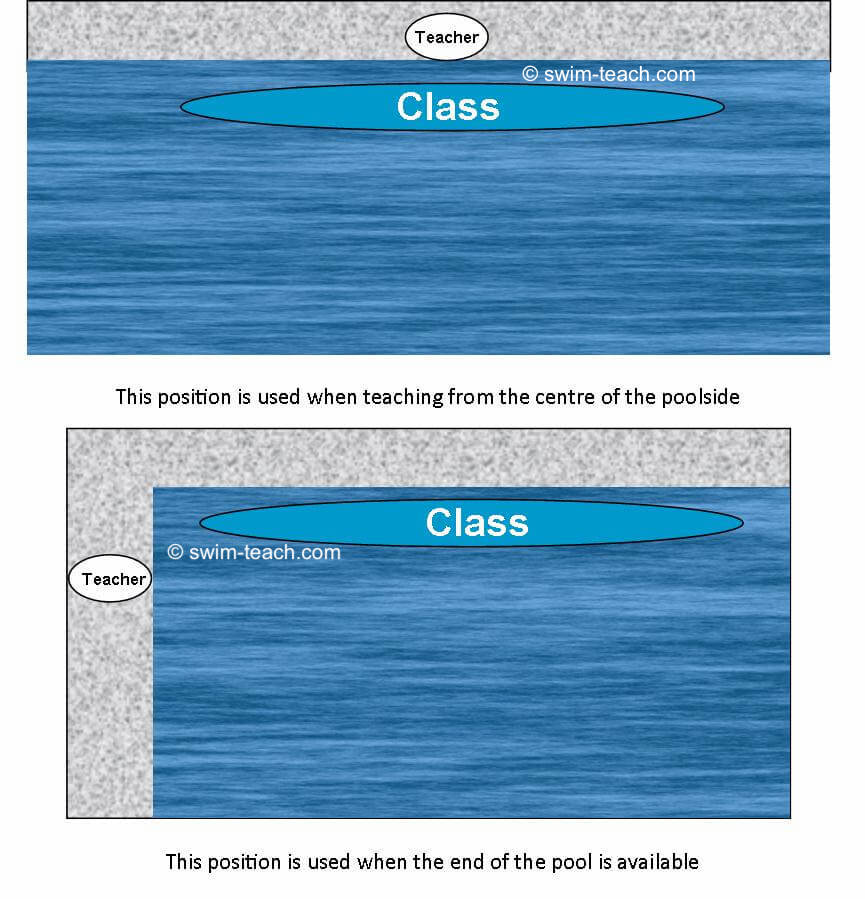
The ideal place for a swimming teacher to be is in the water when teaching beginners. Teaching from the water gives the pupils a sense of reassurance and security from having an adult in the water with them. It is also easier to communicate instructions in the water, especially if the pool is noisy.
Water Confidence
Children learn many life skills through self-discovery, and swimming is no exception. In other words, the teacher gives them a wide variety of ways to swim, move, jump, dive, etc. The combinations of what they are doing will provide them with new experiences, which will cause them to learn almost by accident. The ability and confidence level of the pupils should be considered at all times, however. A pupil should want to do an activity, and therefore, a teacher should not force them to do it. Forcing pupils can sometimes have the reverse effect on their confidence.
The BLABT Swimming Teaching Technique
The most effective swimming teaching technique for teaching the four basic swimming strokes is BLABT – standing for:
Body position
Legs
Arms
Breathing
Timing.
Teachers break down swimming strokes into these five parts, and pupils perform specific exercises or drills tailored to focus on a particular area of their swimming technique.
For example, a BLABT breakdown for teaching front crawl stroke might look something like this:
- Body position – push and glide from the poolside.
- Legs – kicking whilst holding a kickboard or float out-stretched in front.
- Arms – practising arm pulls with one arm whilst holding a buoyancy aid with the other.
- Breathing – practising trickle breathing whilst holding a float and kicking
- Timing – front crawl catch-up, using a float or kickboard
Click here for more details and my ebook on How to Teach Front Crawl.
How To Teach Front Crawl
Basic technique drills, step-by-step lesson plans and everything in-between.
Discover all the tools you will need to teach adults and children how to swim front crawl. From a basic stroke to an accomplished, efficient front crawl technique.
Don't miss out! Click here to check it out!
A similar BLABT breakdown for teaching breaststroke could be:
- Body position – push and glide from the poolside
- Legs – leg kicks with floats held under each arm
- Arms – walking through shallow water using arm pulls
- Breathing – slow arm pulls with a woggle for support, adding breaths
- Timing – slow swimming with a woggle for support, practising the 'pull, breathe, kick, glide' sequence.
Click here for more about How to Teach Breaststroke and to download my ebook.
How To Teach Breaststroke
Basic technique drills, step-by-step lesson plans and everything in-between.
Discover all the tools you will need to teach adults and children how to swim breaststroke. From a basic stroke to a smooth and confident breaststroke technique.
Don't miss out! Click here to check it out!
A typical BLABT sequence for teaching butterfly stroke could be:
- Body position – dolphin dives
- Legs – kicking in a supine position using floats for support
- Arms – push and glide, adding arm pulls
- Breathing – walking through shallow water, using arm pulls and including breaths
- Timing – push and glide, adding arm pulls and leg kicks in a 'kick, pull, kick, recover' sequence.
Click here for more about How to Teach Butterfly and to download my ebook.
How To Teach Butterfly
Basic technique drills, step-by-step lesson plans and everything in-between.
Discover all the tools you will need to teach adults and children how to swim butterfly. From a basic stroke to a powerful and elegant butterfly stroke technique.
Don't miss out! Click here to check it out!
A BLABT sequence for teaching backstroke swimming techniques could, for example, be:
- Body position – supine push and glide
- Legs – kicking whilst holding a float under each arm
- Arms – single arm pulls with a float held on the chest
- Breathing – arm pull practice with an added 'in-out' breathing pattern
- Timing – full stroke, counting three leg kicks for each arm pull
Fine-tune Your Swimming Teaching Techniques
The Definitive Guide To Teaching Outstanding Swimming Lessons.
I am a member of the Amazon Associates Program and I will earn a commission from qualifying purchases at no extra cost to you.
